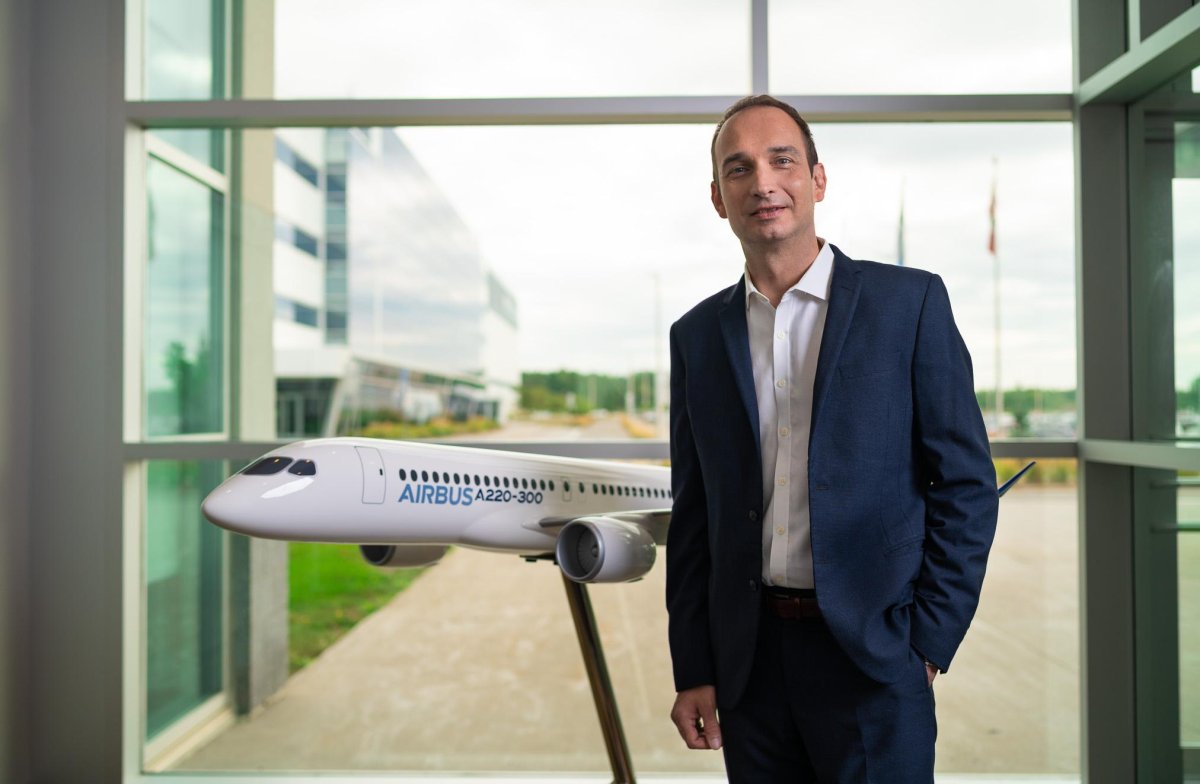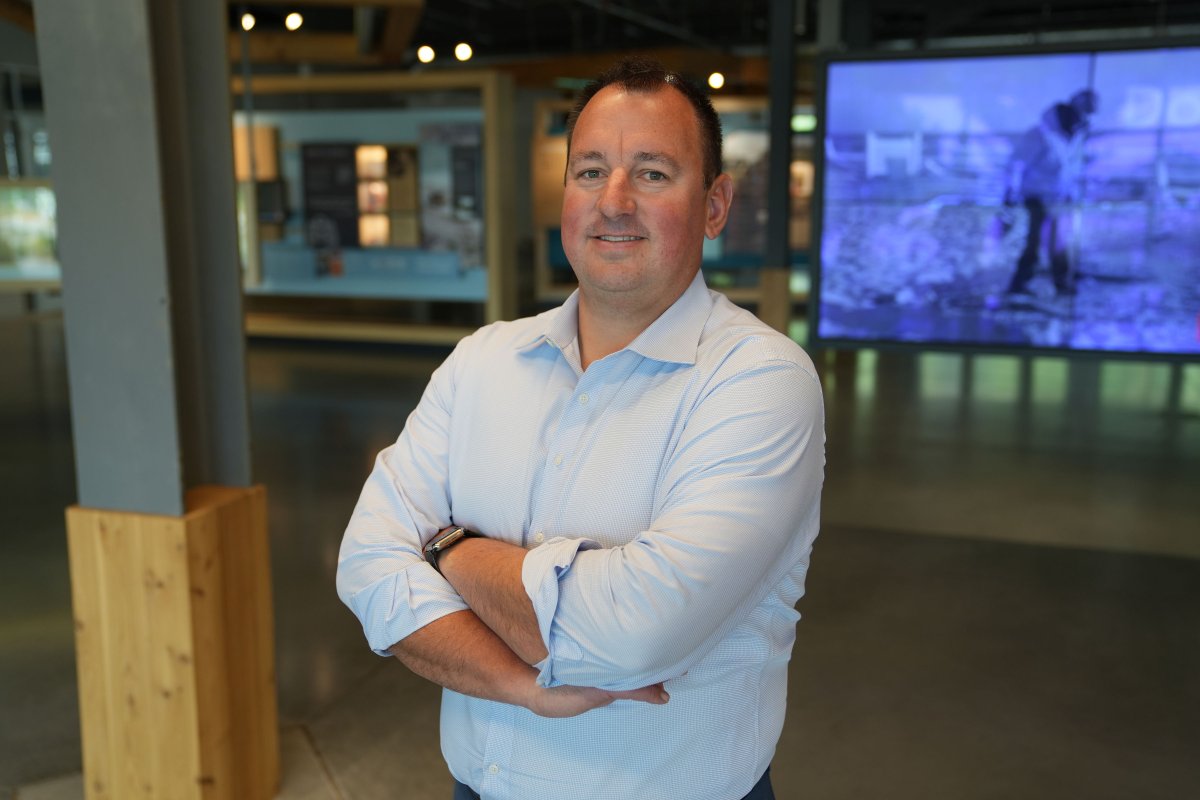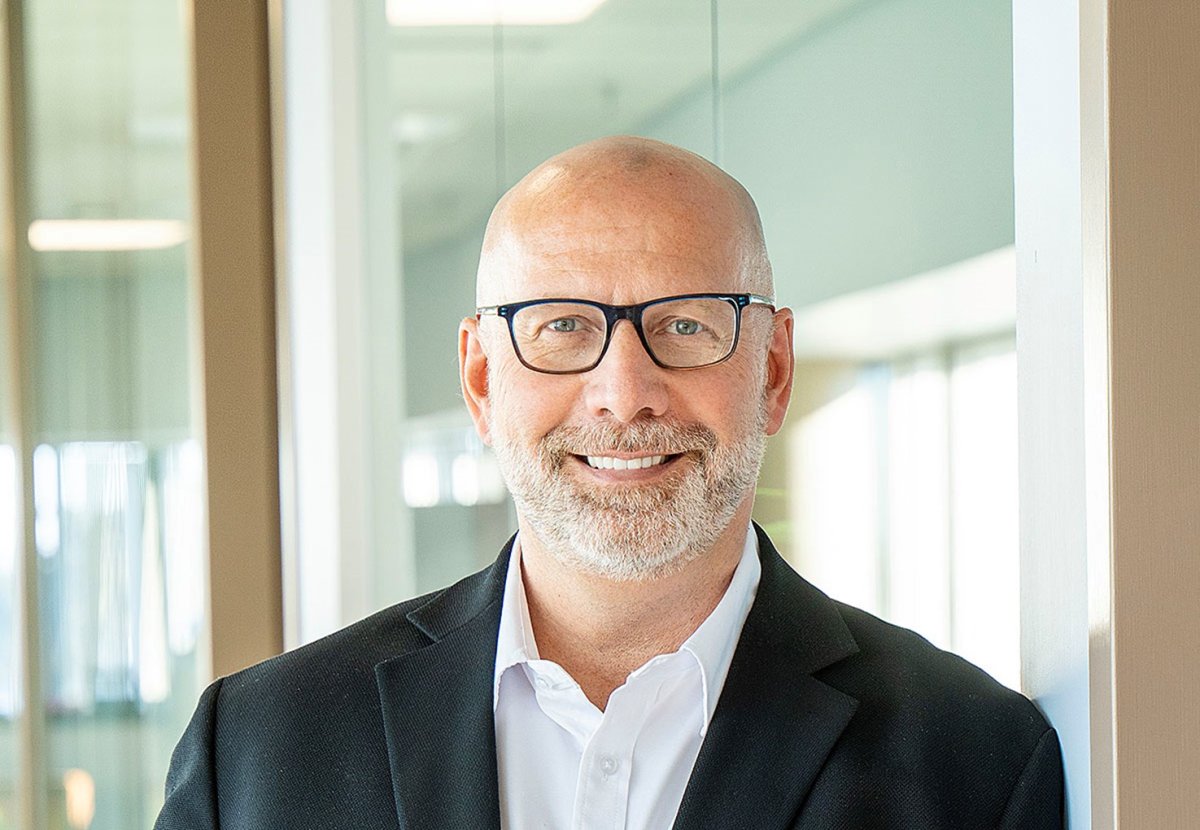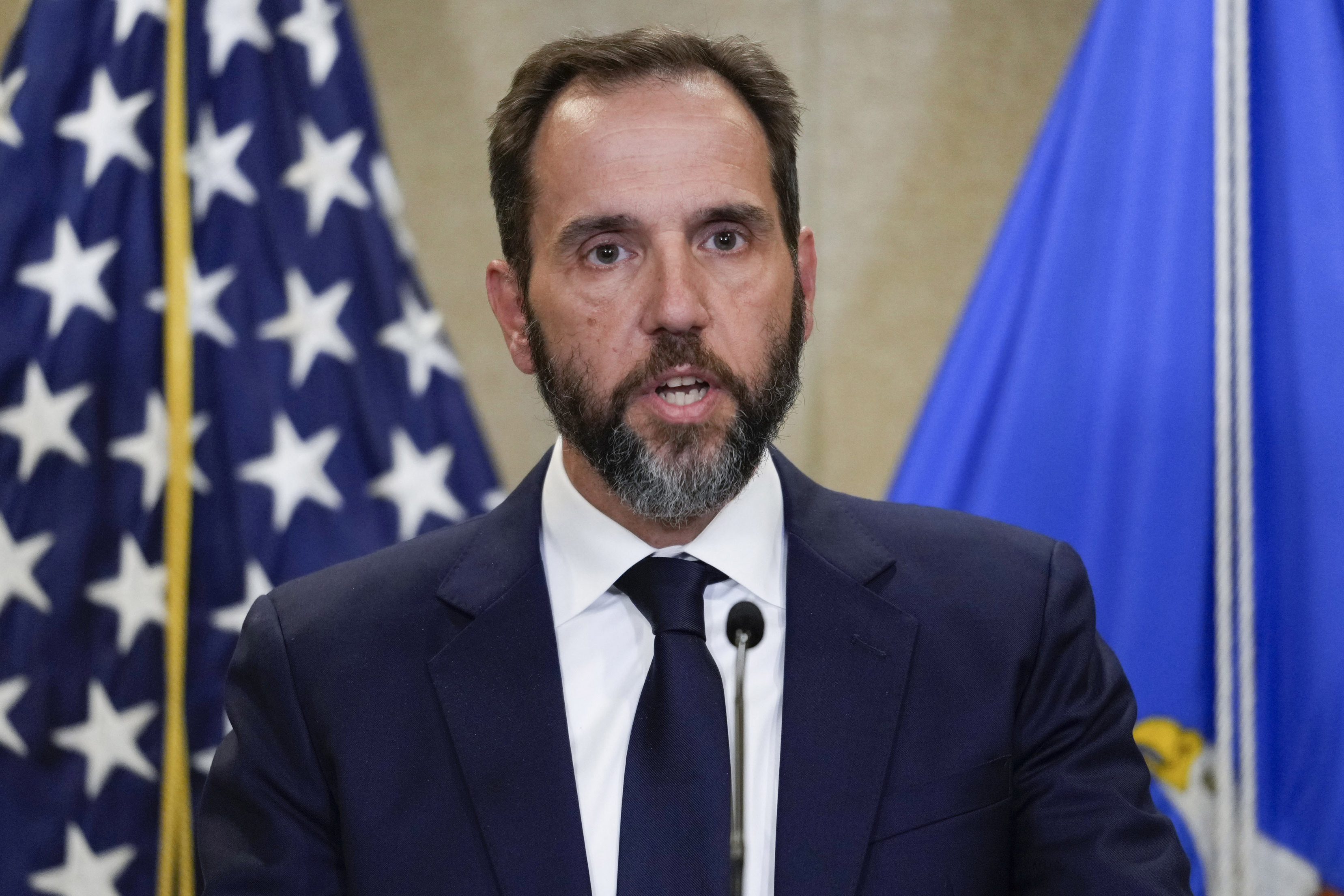Introduction
Everyone loves a good comeback story, and judging by the record number of passengers (and profits) forecasted by the International Air Transport Association (IATA) for 2024, aerospace is back in business, and possibly bigger than ever.
Thanks to the rising social mobility of the middle classes, a cultural and consumer phenomenon dubbed "revenge travel" emerged, and by almost all accounts, it's here to stay. Radical technological innovations promise to transform the future of flight, and with the cost of launching assets into outer space sitting at an all-time low, the sky is no longer the limit.
However, as airports, airlines and original equipment manufacturers (OEMs) ramp up capacity and production targets to unprecedented levels, they face the daunting task of juggling supply chain delays and incessant labor shortages.
Beyond that are more existential fears and legitimate doubts that loom and linger in the public's mind. Tales of cost-cutting companies prioritizing profits at the expense of safety are making headlines, ongoing geopolitical disputes are disrupting run-of-the-mill trade routes, and protest movements are placing increased pressure on this fossil-fueled industry to reach net-zero carbon emissions — and fast.
Can resources and regulations keep pace with the demand? Approximately 100 executives across the value chain were interviewed to find out.

BenoÎt Schultz, CEO, of Airbus Canada.
A Year of Scandal and Safety
Amid an intensive, high-profile and ongoing FAA investigation into compliance issues at Boeing, a harsh spotlight is being cast on the entire sector, the question remains: Is this a classic case of safety being compromised in pursuit of profit? Or is there more to the story?
Boeing has been the top dog for decades. Still, some OEMs speculate that this precarious moment in the company's history could induce changes—but could the Airbus-Boeing duopoly be under real threat? As company losses mount following mass strike action, the OEM has even confirmed it will be axing a tenth of its workforce (approximately 17,000 people). In the meantime, the FAA hopes to provide reassurances, mandating Boeing develop a comprehensive action plan to address its quality control and production issues.

Jeffrey Lam, president of Commercial Aerospace of ST Engineering.
It Ain't Easy Being Green
As waves of coordinated climate protests spread across the globe, what might have once been dismissed as mere militant outrage from a few fanatic activists gluing themselves onto runways has matured into a societal shift genuinely moving the needle and shaping political agendas everywhere.
Aviation "only" accounts for 2.5 percent of global carbon emissions, but this doesn't quite paint the whole picture given that the European Commission (EC) had this figure at 2 percent only two years ago. The EC also notes that aviation generates 13.9 percent of all transport emissions, making it the second-largest source of greenhouse gas emissions in the transport sector. To complicate matters, if the current trajectory continues to snowball, carbon emissions from commercial flights could triple by 2050.
The most transformative technologies are within grasp but, as things stand, are too expensive and still in their infancy. Aviation's sincerity in its desire to phase out fossil fuels might not be in question, but its means might be. Multiple avenues including electric, hydrogen and alternative fuels will require significant support and investment.

Todd Borgmann, CEO of Calumet.
Global World (Dis)Order?
Between the war in Ukraine, the crisis in the Middle East, and ongoing conflicts in Africa, geopolitical tensions are disrupting trade and traveler routes and shaking up supply chains globally. The knock-on impact is being acutely felt by both airlines and companies producing essential specialty materials and routes are also being diversified in response.
As for security threats, Henry Hernandez, president and CEO of Inter-Con Security, highlights "Externally, large military conflicts and aggressive actions by countries like Russia, China and Iran pose cyber risks. Our main fear is state-funded cyberattacks targeting airport operations, such as air traffic control systems." With U.S. election season also upon us, he adds that domestically there is "significant fear of potential incidents of domestic disturbances, especially at major airports."

Kimberly A. Fields, president & CEO, ATI Inc.
Calling All Pilots and Engineers: We Need You!
Aging demographics and a shrinking working population are causing headaches for all industries, and aviation is no exception; labor shortages are nothing short of severe and compounding by the year. Boeing's "Pilot Technician Outlook" estimates that North America alone will require 127,000 new pilots by 2042. Reports of airlines being forced to ground aircraft due to a shortage of cockpit crew are becoming more commonplace, which is extremely costly. Specialist mechanics and aeronautical engineers are also in short supply; aside from being poached by higher-paying countries, companies are fighting over talent.

Marc Parent, CEO of CAE.
The Air and Beyond
No longer a playground reserved for billionaires or governmental agencies, commercial space flight and exploration are more accessible than ever. Thanks to the all-time low cost of launching assets into space, companies are pushing the boundaries of innovation for the benefit of the rest of us here on Earth.
Planet Labs' satellites are assessing crop performance and helping governments assess flood, fire and earthquake damage. MDA Space is developing radar-based satellites that can monitor ice movements and ocean health and track illegal fishing and immigration. Space-based communications satellites are providing global broadband for even the most isolated. And of course, there's the possibility of ultimately living and working in space.
But with outer space still relatively uncharted territory, fears of a lawless Wild West situation persist. Regulation is playing catch-up, so scrappy newcomers must proceed with caution to proactively ensure ethical and responsible practices.

Despite the immense challenges the sector is facing as it ramps up production to accommodate demand, the potential that technological innovation presents to make the future of flight both safer and more sustainable is abundant.
This report has been paid for by a third party. The views and opinions expressed are not those of Newsweek and are not an endorsement of the products, services or persons mentioned.
Click here to download the full report




















 English (US) ·
English (US) ·